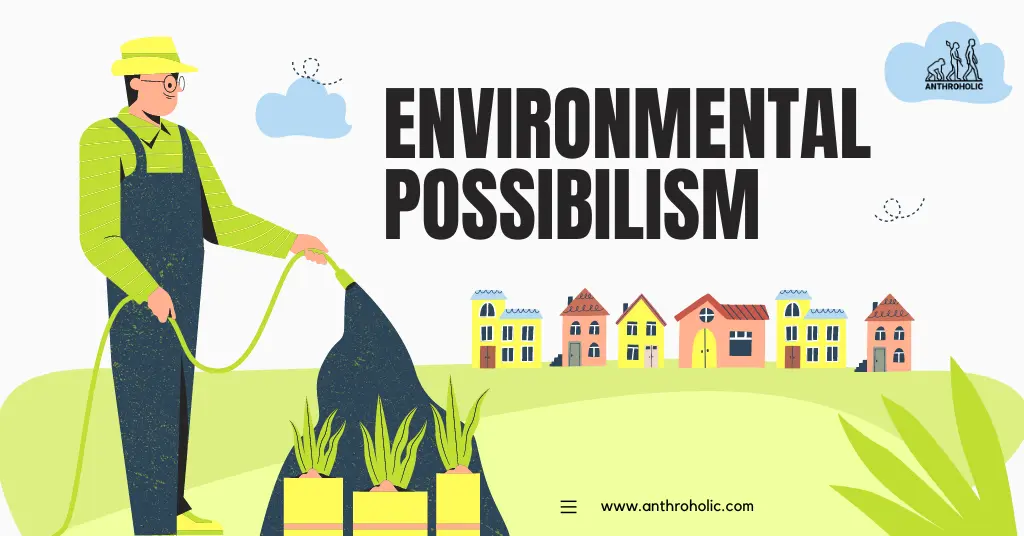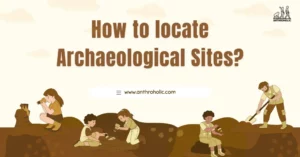AI Answer Evaluation Platform Live Now. Try Free Answer Evaluation Now
Environmental Possibilism
Environmental possibilism represents a departure from environmental determinism by stressing the multifaceted interaction between environment and human agency [1]. Unlike environmental determinism, which posits that the environment shapes human activity, possibilism posits that humans possess the capabilities to negotiate their environment to fulfill various needs and objectives [2].

Historical Development
Emergence of Environmental Possibilism
Environmental possibilism emerged as a reaction to the rigid perspectives of environmental determinism. Early scholars such as Lucien Febvre argued that while the environment sets certain constraints, it doesn’t dictate human action [3].
Table 1: Key Scholars in Environmental Possibilism
| Scholar | Contribution |
|---|---|
| Lucien Febvre | Challenged environmental determinism, emphasizing human agency [3] |
| Vidal de la Blache | Pioneered the French school of geography, emphasizing regional studies [4] |
Shift from Determinism to Possibilism
The shift from determinism to possibilism marked a critical development in human geography and anthropological studies. This shift allowed for a more nuanced understanding of how humans interact with their environment.
The Concept of Environmental Possibilism
Definition
Environmental possibilism can be defined as the theory that the environment sets limits on human activity, but people have the ability to adjust and choose various courses of action within those limits [5].
Characteristics
- Human Agency: Emphasizes the ability of humans to adapt and innovate within environmental constraints.
- Environmental Constraints: Acknowledges the limitations that the environment can place on human activity.
- Flexible Approach: Unlike determinism, possibilism does not view human-environment interactions as fixed.
Criticisms of Environmental Possibilism
Environmental possibilism has faced various criticisms:
- Overemphasis on Human Agency: Critics argue that it might downplay the influence of the environment.
- Ambiguity: Lack of clear definition and application has led to misunderstandings in both academic and practical contexts.
Application of Environmental Possibilism
In Urban Development
Environmental possibilism plays a crucial role in understanding how cities and urban spaces develop within the constraints of their environment, yet adapt creatively through human innovation.
Table 2: Examples of Urban Development
| City | Environmental Constraints | Human Adaptation |
|---|---|---|
| New Orleans | Flood-prone area | Construction of levees, drainage systems |
| Dubai | Arid desert environment | Desalination, innovative architecture |
In Agriculture
The theory has shaped agricultural practices by recognizing both the constraints of the local environment and the potential for technological and methodological innovation to overcome these constraints.
In Cultural Studies
Environmental possibilism helps to explain cultural variations without reducing them to mere products of environmental conditions, emphasizing instead the human creativity and agency involved in cultural expression.
Future Implications and Conclusion
The Relevance in Contemporary Studies
Environmental possibilism continues to be an influential concept, especially in the face of climate change and sustainability challenges. It informs policy and practice in areas such as urban planning, disaster management, and ecological conservation.
Integration with Other Theories
Scholars are increasingly recognizing the need to integrate environmental possibilism with other social and ecological theories to create more comprehensive frameworks for understanding human-environment interactions.
Conclusion
Environmental possibilism offers a nuanced perspective that recognizes both the limitations and potentials of human-environment interaction. It has evolved from a counterargument to environmental determinism to a sophisticated theoretical framework that informs various fields of study. Future research and practical applications must continue to engage with this theory, recognizing its strengths and addressing its criticisms.
References
[1] Glacken, C.J. (1967). Traces on the Rhodian Shore: Nature and Culture in Western Thought. University of California Press.
[2] Semple, E.C. (1911). Influences of Geographic Environment. H. Holt and Company.
[3] Febvre, L. (1922). La Terre et l’évolution humaine. Alcan.
[4] de la Blache, V. (1926). Principes de géographie humaine. Armand Colin.
[5] Hartshorne, R. (1939). The Nature of Geography. Association of American Geographers.




